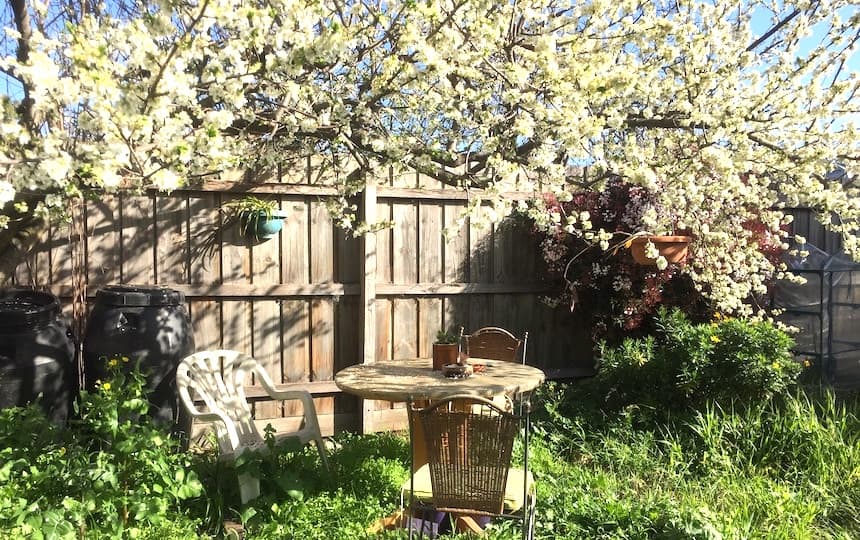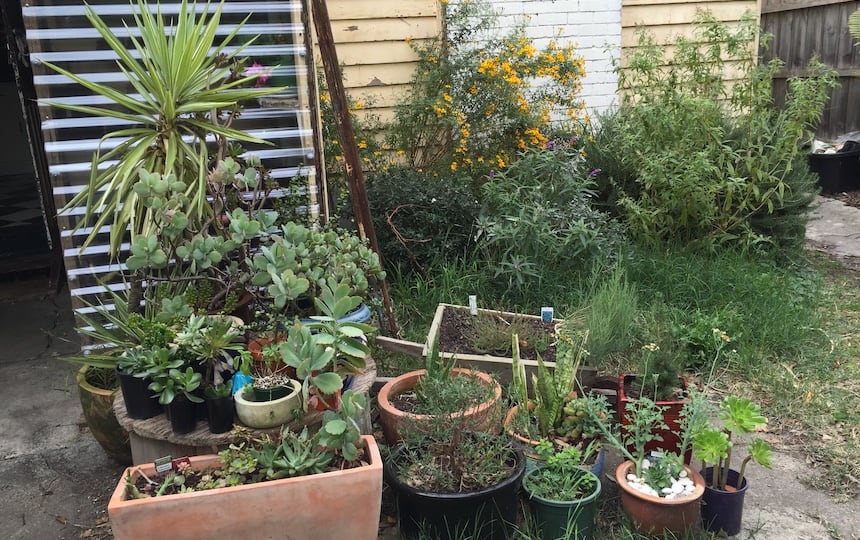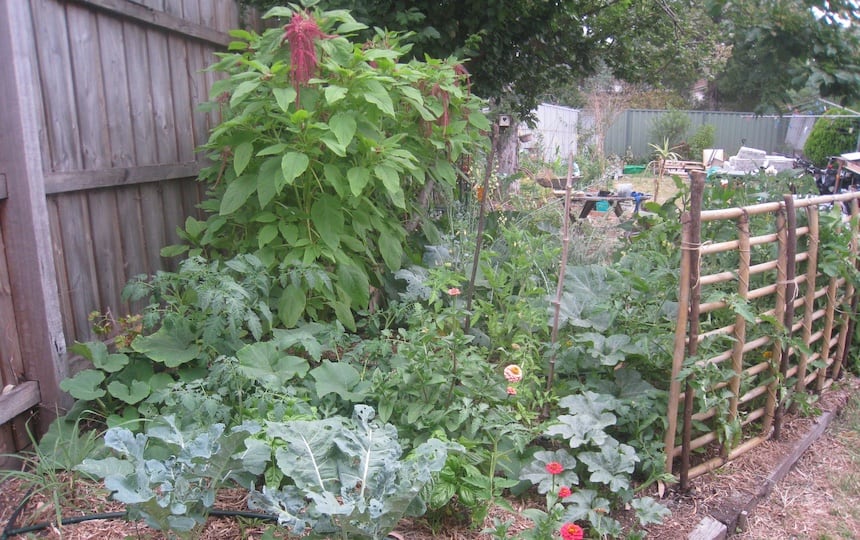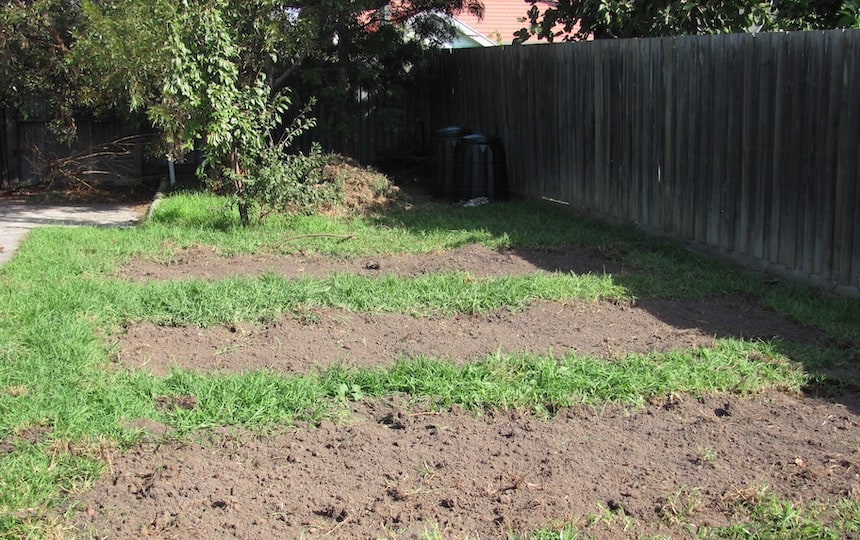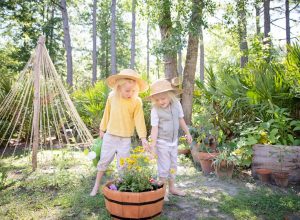Keen to start a thriving vegie patch but don’t own your own home? We bring you seven tips to make your rental gardening efforts a success.
Many renters face a lack of long-term stability which makes it hard to create a thriving garden. But why should renters have to forgo the joys of gardens that flourish with the abundance of home-grown delights?
The reality is, if you have a bit of space and a spot that receives a good patch of sun during the day, there is no reason why you can’t have a pumping and productive garden.
7 rental gardening tips
1. Don’t put in more effort than your lease is long
Consider doing an informal cost-benefit analysis between the time and money spent, compared with the space available, plus the risk that the lease may be terminated after a year or two.
You may not want to go to the effort of digging up a big lawn and spending money to import soil if it’s possible or likely that you don’t have a long-term lease.
2. Pots are more convenient, but more expensive too
While pots will last you a lifetime, pot gardening can be expensive if you want to do a decent amount of growing. This is especially the case if you are buying organic potting mix and compost in 25 L bags to fill them.
If you’re buying cheaper potting mix and using standard black pots, the soil can get very hydrophobic from heat and become poor quality, even after you add in your own compost.
3. Grow what is most useful
If you take the time to do the cost-benefit/risk analysis thinking when it comes to rental gardening, you can then work out how to grow crops that you use most often.
Two handy crops come to mind. The first is silverbeet, because it grows all year round, is hardy, you can use it in lots of dishes, and can grow it in pots close to your kitchen for easy picking. The other is garlic. It takes ages to grow but is worthwhile because it’s so expensive to buy it organic.
Have a look at what other crops are expensive to buy organic and which you will use often. Prioritise these, given the limited space and resources you have as a renter gardener. Maybe leave corn growing to farmers and prioritise growing herbs instead.
If you’re a beginner gardener or have limited time, consider investing in easy to grow vegies rather than ones prone to attracting pests.
4. Grow your community
In rental units, dig up the shared lawn space and make a communal garden. This not only gives you food, but it brings the residents together in a shared space.
5. Think creatively
You can have a heap of fun being creative and embracing the challenges of rental gardening. Rather than buying a permanent water tank for instance, convert wheelie bins into water tanks, connecting pipes to the gutter and other surface run-off.
You could make hessian vertical gardens which can be easily transported when you move.
6. Consider weather and soil conditions when looking at areas to move to
Some areas have hydrophobic and depleted soil that would be tricky to grow in, others have no sun. If you’re considering a long-term lease, keep these factors in mind and talk to knowledgeable locals if you can.
7. Be upfront
It’s best to be upfront with your landlord and agent so that you’re in agreement as to what can be done with the property.
Write a cover letter stating your desire to create a vegie garden. That can turn off some landlords, but it can attract others. Some property ads say that a gardener is included in the cost of rent; you can ask if you can take care of the garden yourself and get a cheaper rate.

